iPhone 15 Pro – 5 reasons why it’ll beat the iPhone 14
This year, the jump between iPhones seems like it might be bigger than ever
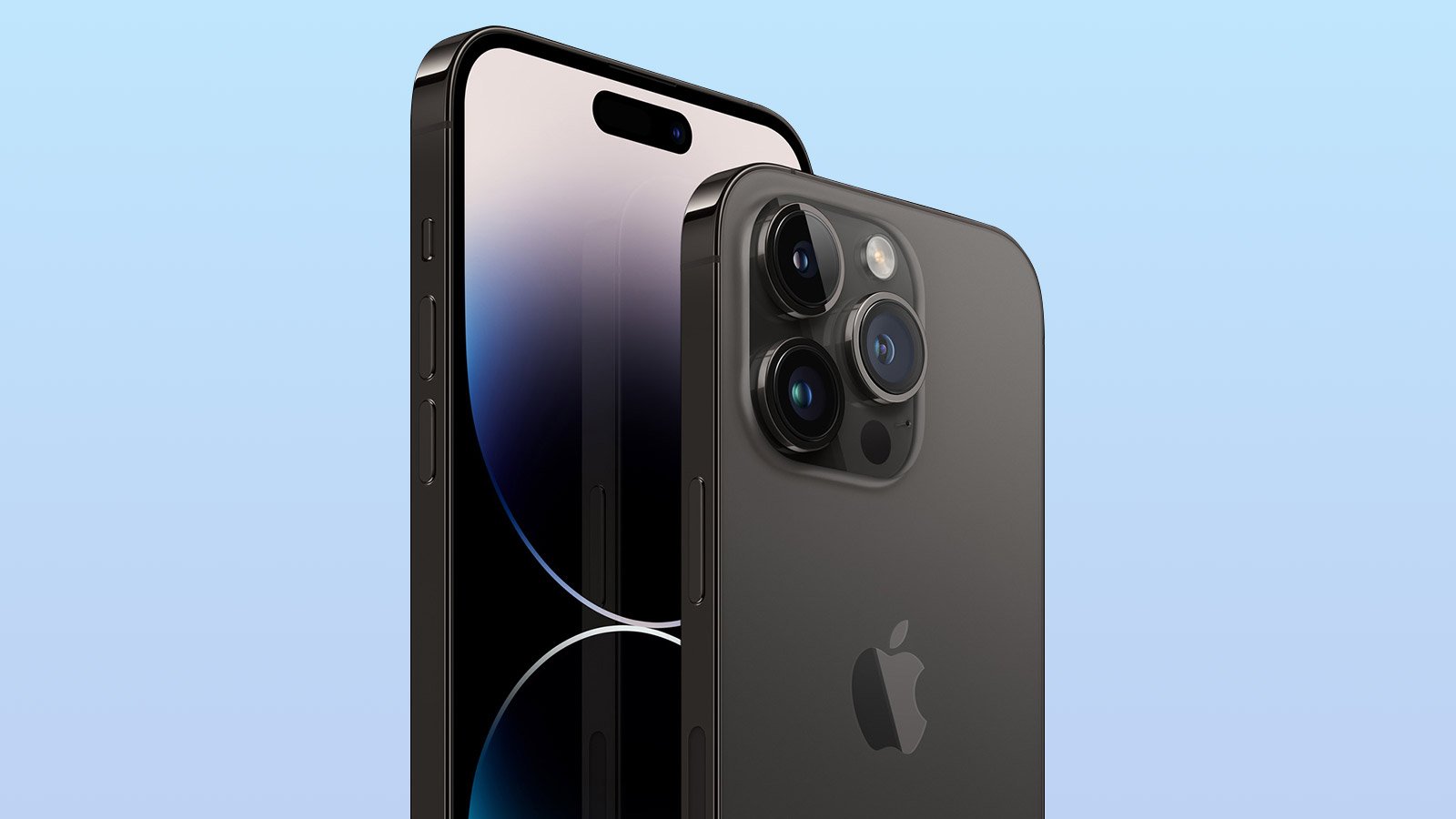
Back in September, I got my first iPhone since 2009. The iPhone 14 Pro I opted for replaced a much-loved but aged Samsung Galaxy S10e, and I’ve been extremely happy with my choice. And not just because the Samsung phone was a bright yellow eyesore (which goes some way to explaining its better-than-half-price status on Black Friday).
But if I could have made my old phone last one more year (an incident with a swimming pool put an end to that ambition), it looks like I’d have been even happier. That's because the upcoming iPhone 15 Pro and iPhone 15 Ultra handsets look like they could be a huge step forward - far bigger than the usual iterative annual updates that Apple puts out.
It’s too late for me, but if you’re on the fence about buying an iPhone 14 Pro today or waiting until September, I urge you to do the latter. Here’s why it looks like it’ll pay to wait.
A much faster chip
Yes, getting a faster chipset on a new phone isn’t exactly uncommon, but the difference between the A16 that powers the iPhone 14 Pro series and the A17 that’s set to power the iPhone 15 Pro and UItra really could be night and day.
There are a couple of reasons for this. The first is that the A16 chipset was basically just a souped-up A15. Apple reportedly had something far more ambitious in the works, but couldn’t make it work without excessive heat and battery drain, so reined in its ambition at the last minute. Instead, it opted for something that’s only a modest improvement on the previous generation.
That means we could be getting nearly two generations worth of improvements in 2023, especially as the A17 Bionic is set to be Apple’s first 3nm chipset.
While you should take any purported benchmarks this early with a colossal pinch of salt, one such leak suggests the iPhone 15 Pro could have benchmark numbers not too far removed from Apple’s M1 MacBooks. And that’s not even mentioning the efficiency gains that come from going from 5nm to 3nm…
The arrival of USB-C
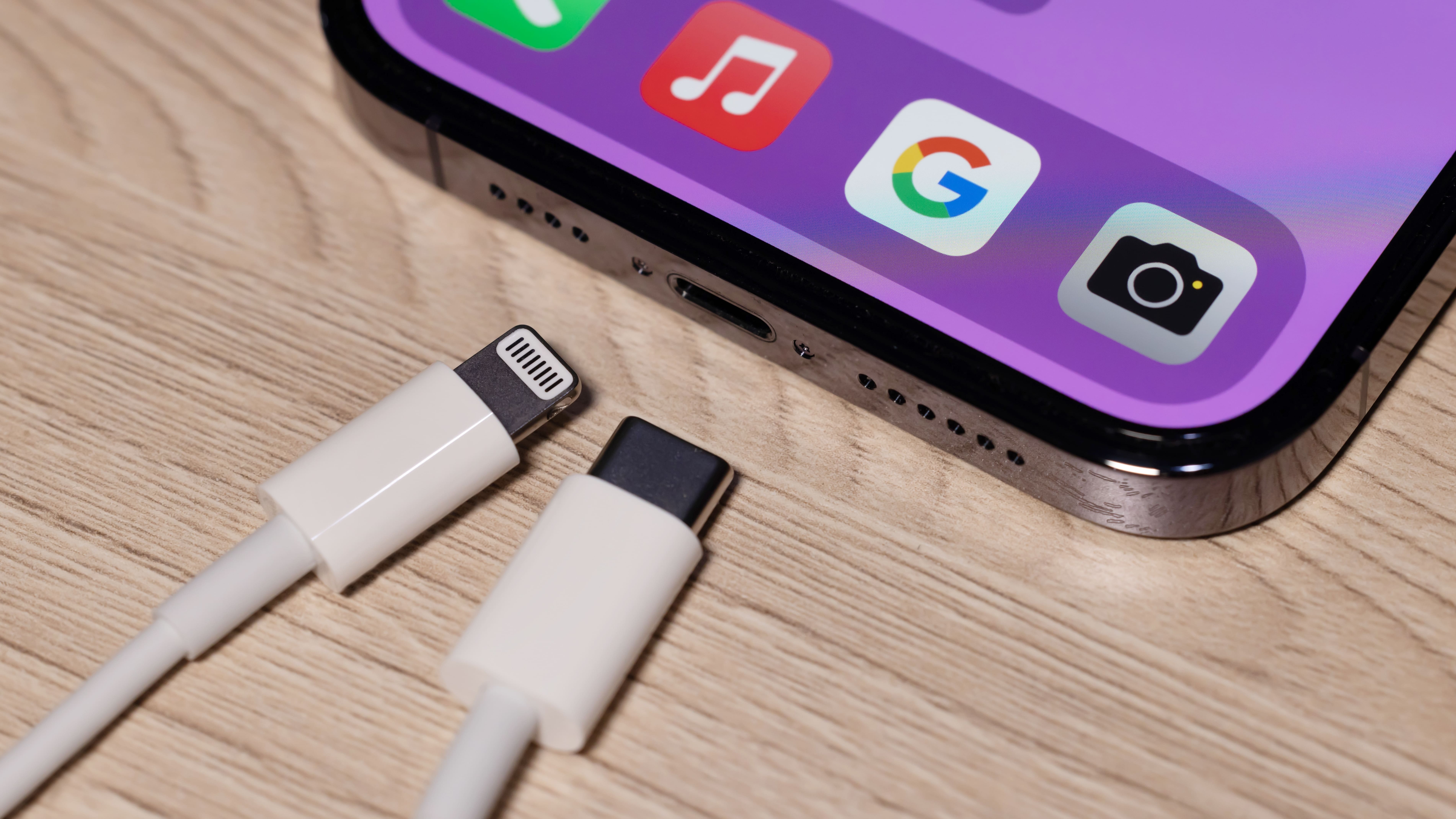
As a long-time user of Android phones, the fact that I have possibly the last iPhone to have a Lightning port stings a little. A house full of USB-C cables, and now I’m always on the lookout for a Lightning lead.
That won’t be a problem for those making the transition from Android this year. Thanks to the European Union, it seems that every iPhone 15 is going to ship with a USB-C port for the first time.
This not only means that your iPhone will be able to share leads with everything from your Nintendo Switch to your Meta Quest 2, but it should improve performance no end, too.
Not only could we see the current 27W charging speeds finally improved upon, but data transfer speeds are also set to soar — the rumor is 20GBps for the Pro and 40GBps for the Ultra. Against that, we do have some fears about what USB-C could mean for the cost of iPhone chargers.
Proper long-distance photography at last
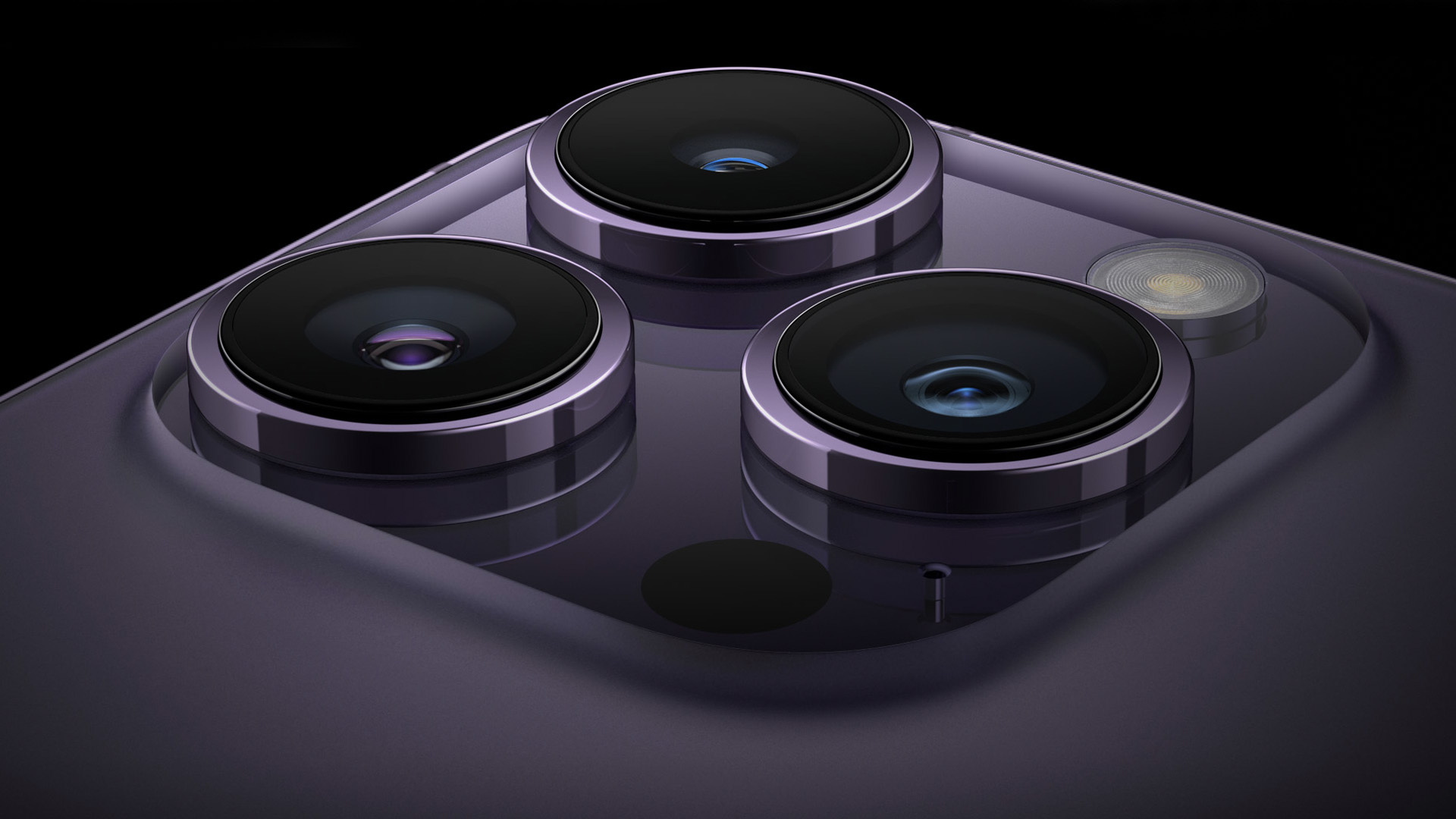
iPhones are no slouch in the photography department, but in terms of long-distance shots they are at a natural disadvantage compared to the likes of the Samsung Galaxy S23 Ultra and Xiaomi 12s Ultra due to the periscope lenses sported by those rivals.
Current flagship iPhones max out at 3x optical zoom, but a periscope camera - as rumored for the iPhone 15 Ultra - could change things dramatically, as our US Editor in Chief points out in his recent opinion piece on why the iPhone needs at least 10x optical zoom.
In short, a periscope lens uses mirror trickery to create more room for zoom lenses, making long-distance photography sharper and better looking. The upshot is that an iPhone embracing the tech could easily secure top spot on our list of the best camera phones with this likely upgrade.
A stronger, more comfortable build
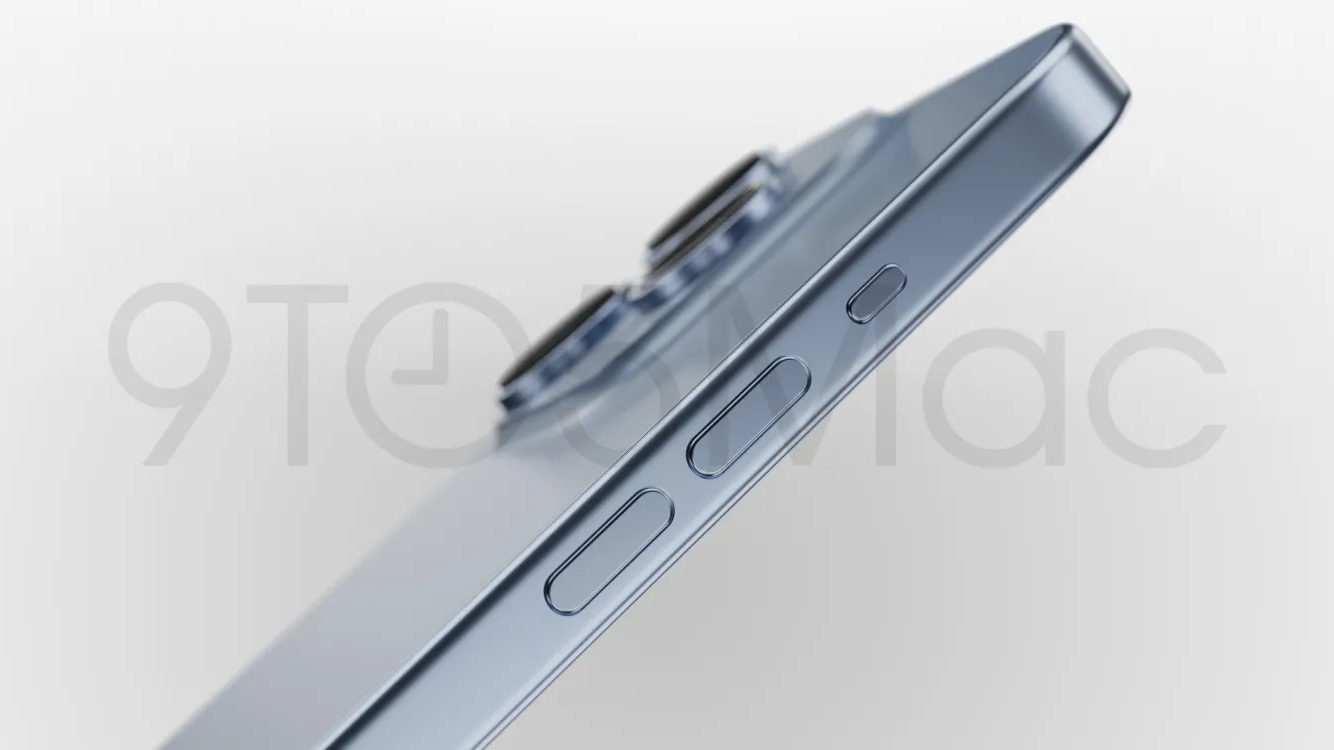
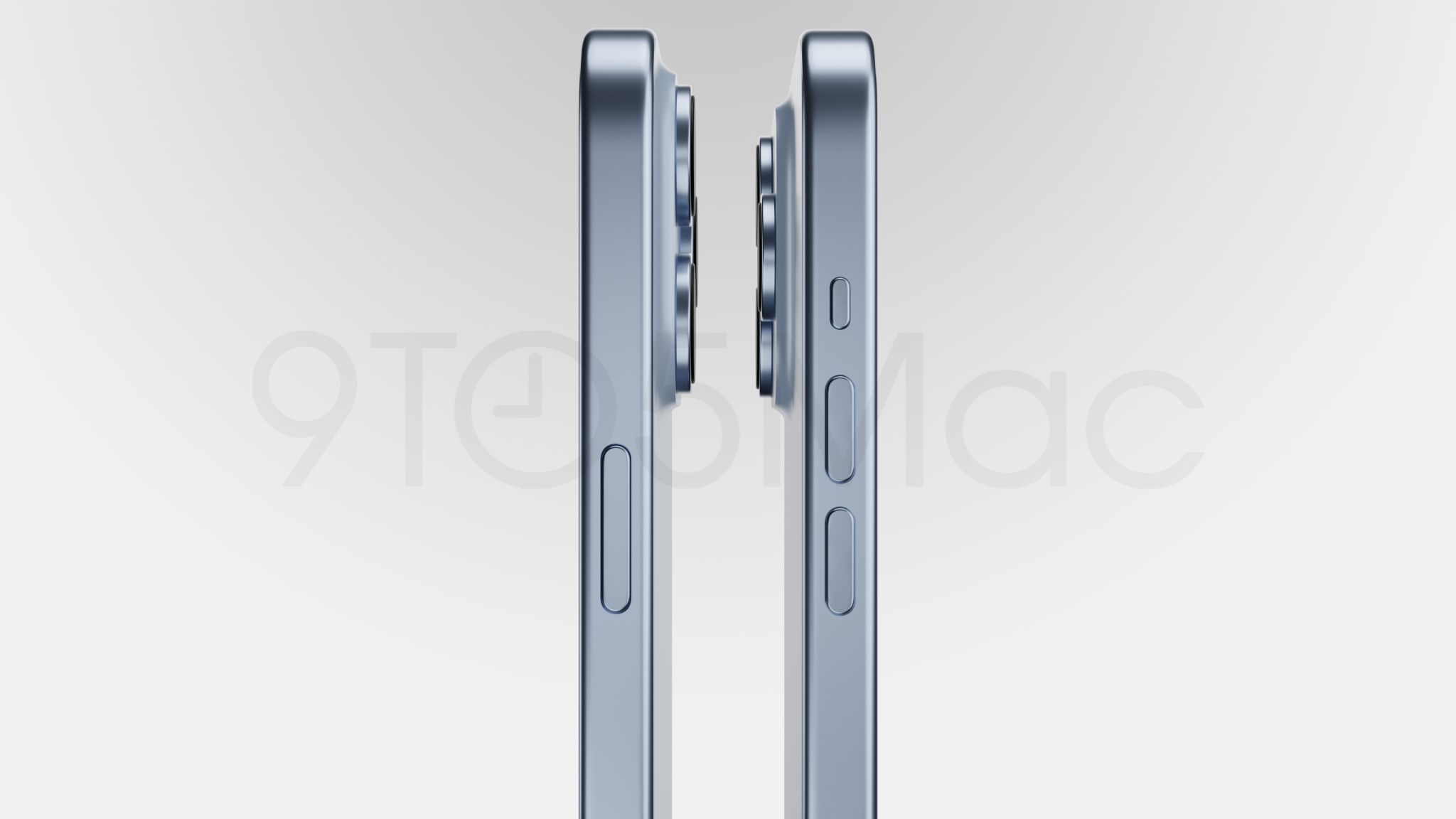

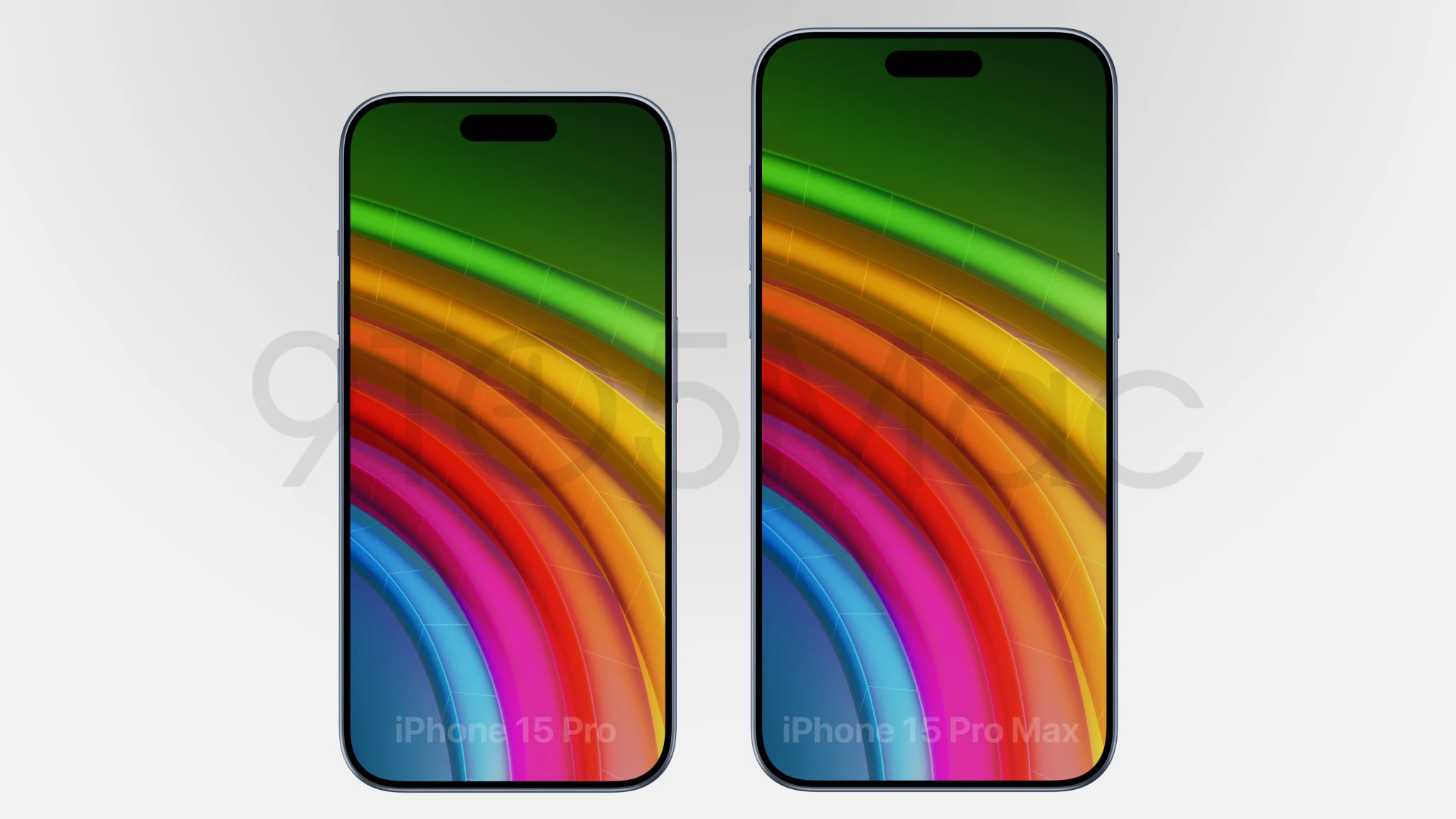
Another upgrade that could be exclusive to the iPhone 15 Ultra is a titanium shell.
Apple has used titanium before on some of the best Apple Watches, and it’s preferable to the stainless steel currently in use on iPhones thanks to its lightness and strength. It doesn’t hurt that it’ll give the phone a premium, eye-catching look, either.
There’s also talk that the iPhone 15 range will get a new, slightly curvier look. Granted, aesthetically this is a matter of personal preference, but it could also make the new handsets a bit more comfortable in the hand, with fewer sharp edges to jab in.
The (admittedly unlikely) return of TouchID
The rumor that TouchID might return - not in the form of a physical button, but with under-screen fingerprint technology - has been kicking around for years. At this point, it admittedly seems unlikely, and even if it felt like a shoo-in, I’d only believe it when I saw it.
And yet, the return of TouchID would absolutely be worth celebrating. And the dream for 2023 is just about still alive.
Don’t get me wrong: Face ID works brilliantly for a freelancer like me who has to check his banking app several times a week. But as the weather warms up, I’ve discovered that sunglasses present a problem to this trusty authentication, and it would be nice to use my thumbprint as a backup.
Play the waiting game
It’s likely that not all of these rumors will become reality - especially the last one. That’s leaks for you.
But the point is, with just five months to go until the iPhone 15 range almost certainly emerges, it doesn’t hurt to play the waiting game and find out for yourself before upgrading.
Worst-case scenario? It’s a minimal upgrade, and you can save a few quid by buying a newly reduced iPhone 14 Pro in September instead. But my bet is it’ll absolutely be worth the wait.
Get daily insight, inspiration and deals in your inbox
Sign up for breaking news, reviews, opinion, top tech deals, and more.
Alan Martin is a freelance writer in London. He have bylines in Wired, CNET, Gizmodo UK (RIP), ShortList, TechRadar, The Evening Standard, City Metric, Macworld, Pocket Gamer, Expert Reviews, Coach, The Inquirer (RIP), Rock Paper Shotgun, Tom's Guide, T3, PC Pro, IT Pro, Stuff, Wareable and Trusted Reviews amongst others. He is no stranger to commercial work and have created content for brands such as Microsoft, OnePlus, Currys, Tesco, Merrell, Red Bull, ESET, LG and Timberland.
